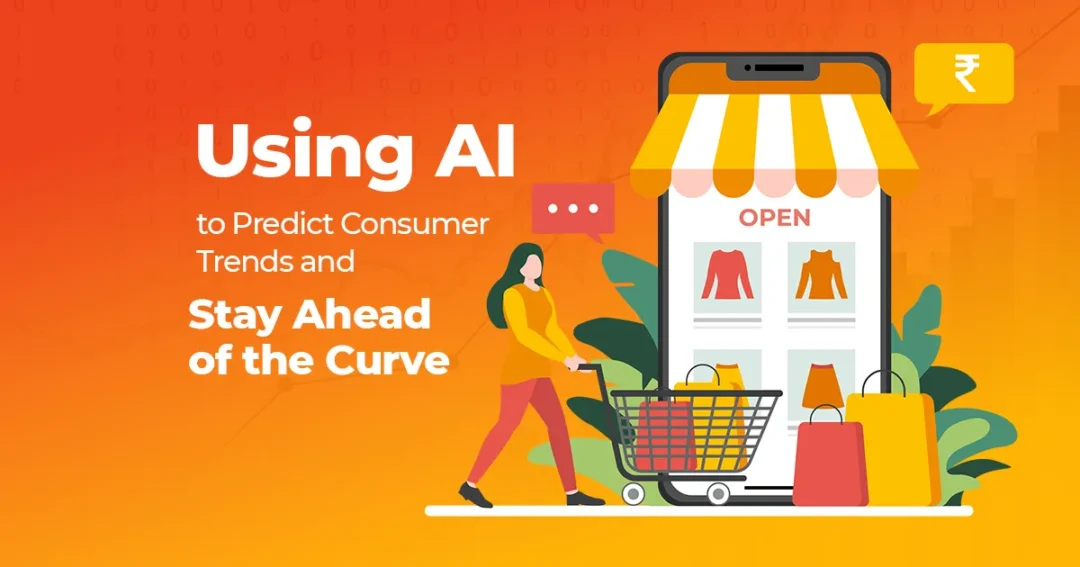Businesses are no longer staying ahead of the curve to be the best in their field; they are doing it for their survival. With cutthroat competition and ever-shifting consumer taste being the norm, it is hard to know whether what’s working today can work tomorrow as well. However, to operate efficiently, businesses must do precisely this. Predict. They need to anticipate and prepare for the changes to become trendsetters and cement their position. This has been made easier and consistent with the use of AI tools for marketing insights and trend forecasting.
What is Predictive Marketing?
In simple terms, predictive analytics is a way of using data to forecast future events and outcomes. It leverages advanced AI algorithms to analyse historical and real-time data, identifying patterns and probabilities. Currently, AI consumer insights tools answer questions such as: “What will customers want next?” “Which trend is likely to boom?” and “Products that can see a rise in sales?” These tools enable informed decision-making for a successful tomorrow.
How AI Predicts Consumer Trends
- Purchase History & Browsing Behaviour: What products are being brought at which time? Which products are brought together? What are people searching for even though they are not buying? AI answers these questions by examining purchase histories and browser activities.
- Social Media Trends: Social media platforms add tons of data daily from new content and engagement on that content. They also answer questions about topics gaining momentum and find possible big names with a wide reach of influence (aka influencers) before they get too mainstream.
- Economic Indicators & News: Broader market shifts, news events, and even weather patterns influence consumer sentiment and buying behaviour. AI tracks these events and tries possible outcomes when a combination of events occurs, giving businesses a complete overview of the situation.
AI Tools for Trend Forecasting
- Google Trends + AI Overlays: Google Trends is a preferred tool for establishing a starting point in search popularity. AI Overlays can add more substance to insights, showing not just current trends but also predicting market trends.
- Specialised Predictive Platforms: Tools like Crayon or various customised Machine Learning (ML) models offered by specialised agencies can go deeper, offering industry—and niche-specific insights.
- Internal CRM & CDP: CRM (Customer Relationship Management) and CDP (Customer Data Platform) systems can now predict customer lifetime value and product interest and monitor disruptions in patterns.
Real-Life Examples of AI Trend Prediction
- Netflix Recommendations: These recommendations are based on your interests, movies and shows you watched until the end and on repeat, things you have searched for, the ones you left unfinished, and crafting the perfect next watch to keep you hooked on the platform.
- Amazon Product Predictions: Have you ever noticed how Amazon always suggests products that you should buy with your current purchase and on the product page? This suggests that content comes from the datasets of various buyers and their activities, alongside your own behaviour being analysed.
- Spotify Personalisation: From your Discover Weekly playlist, daily mixes, and recommended artists to listen to next, Spotify’s AI carefully crafts an experience that suits your musical tastes while expanding the number of artists and genres you listen to.
Why Predictive Insights Matter for Marketers
Using AI to gain marketing insights has been a boon for marketers worldwide. They are efficient in their decision-making, leading to success in every domain—from campaign planning to inventory management, content scheduling, and developing and discarding offerings. This has increased the ROI on investments, maximising profits to a new level and helping businesses flourish while mitigating big risks easily.


